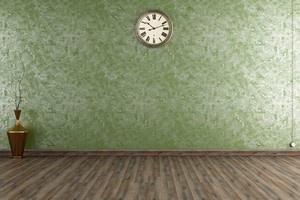Tips On Caring For And Maintaining Plaster Walls In Nassau County
 When a home in Nassau County has historical plaster installed, it’s not just a sentimental value but one that the homeowner probably wants to pass on to future generations. The value they place on their home is much higher than can be compensated for if they ever wind up selling the property. If you believe the plastering in your home is of historical value, it’s worth thinking about getting it insured and professionally conserved.
When a home in Nassau County has historical plaster installed, it’s not just a sentimental value but one that the homeowner probably wants to pass on to future generations. The value they place on their home is much higher than can be compensated for if they ever wind up selling the property. If you believe the plastering in your home is of historical value, it’s worth thinking about getting it insured and professionally conserved.
In the meantime, our New York plastering company wants to make a few suggestions about maintaining the value. Here are a few tips on caring for and maintaining your Nassau County home’s plaster walls.
Keep The Plaster Walls Dry
It’s important to note that contact with water during cleaning and maintaining plaster can stain and ruin your walls. If you’re trying to remove a stain, make sure the area isn’t wet down. Only a damp sponge should be used. Make sure to dry the area afterward with a soft towel. Otherwise the plaster can be completely ruined over time.
If you ever need to paint to cover a stain, make sure to coat the wall with a stain killer first. Otherwise, the stain will show right through the paint after it dries.
Protect Your Plaster Walls by Installing Door Stops
Rather than waiting for the inevitable door handle punching holes through your walls, it’s best to go ahead and install door stops in order to prevent plaster damage.
We suggest using the door stops that fit on the door hinges because they’re stronger, more durable, work better, never get spring damage, and never lose a screw like those usually attached to the baseboards.
Take Care of Any Plaster Repairs As Soon As You Notice Damage
Plaster holes and cracks, even small ones, can lead to bigger problems with delamination. If you already know there’s damage, make sure to call a Nassau County plaster repair expert soon like ours at European Plastering in New York.
Delamination is when the bond between the plaster and the layers or the underlying lath fail to bond, usually because moisture gets in-between the layers. The flaking will only get worse over time. Entire sections of plaster will eventually start falling off the walls or ceilings.




